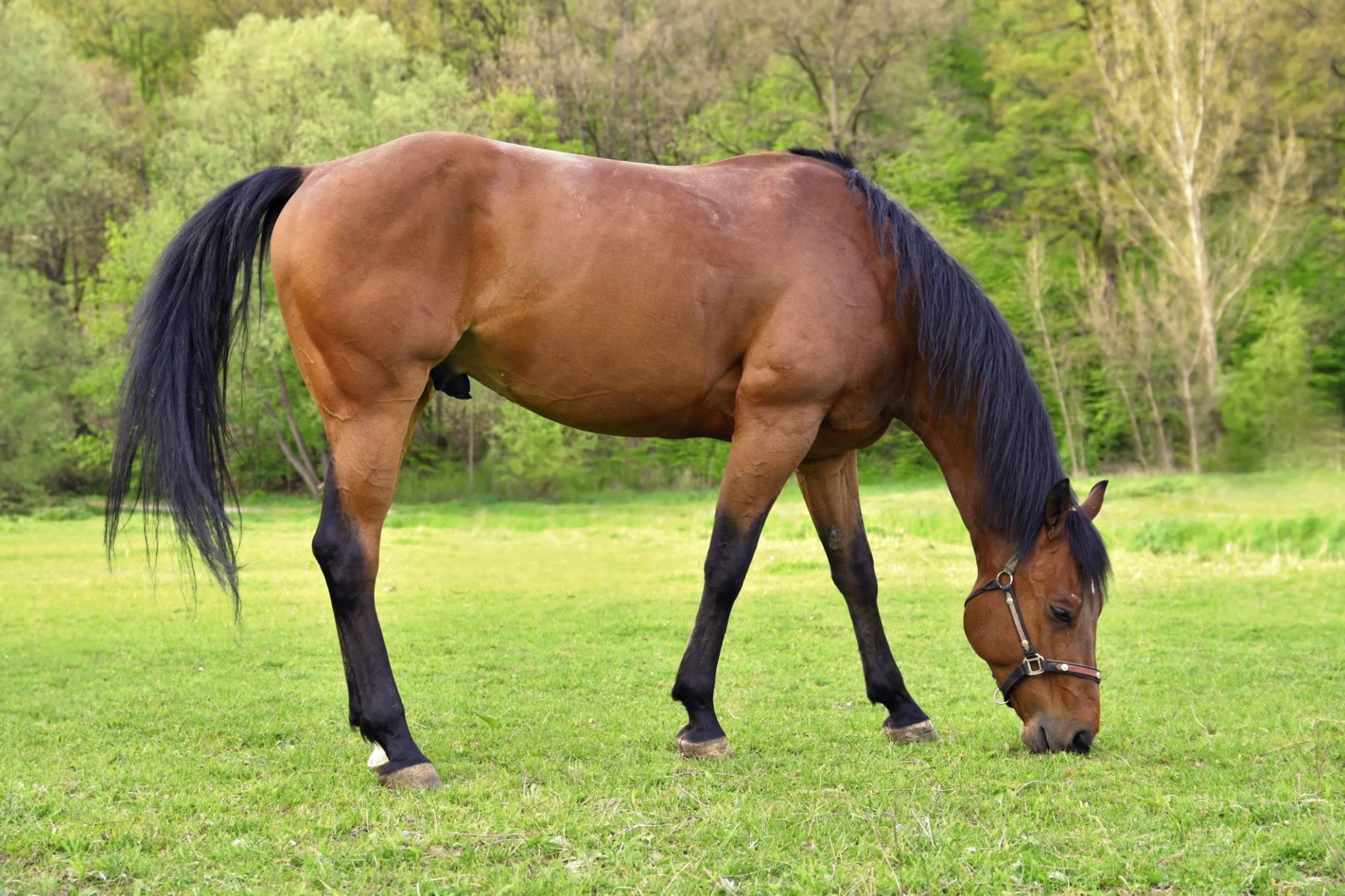How horses manage to snooze while standing without toppling over is a fascinating aspect of their behavior. When observing a field of horses at night, it’s evident that they seldom lie down to sleep. The reason behind this intriguing behavior lies in the realm of survival: horses sleep upright as a strategic response to the constant threat of predators.
Horses, as prey animals in the Equidae family, have evolved to sleep on their hooves as an adaptive defense mechanism. Karen Waite, an equine specialist at Michigan State University, explains that standing provides horses with a quicker response to potential predators, enhancing their chances of escape compared to being in a prone position. The concept is not exclusive to horses; other large herbivores like zebras, bison, elephants, and giraffes also exhibit the ability to sleep while standing.
To achieve this, horses possess specialized anatomical features referred to as a “stay apparatus.” Comprising tendons and ligaments, these soft tissues act as tension bands when the horse relaxes its leg muscles. They stabilize the shoulder, knee, and ankle joints, allowing the horse to remain standing without exerting excessive muscle tension.
While horses predominantly sleep while standing, they do require periods of lying down for more restorative sleep. Sarah Matlock, a senior instructor of equine behavior at Colorado State University, notes that horses need at least 25 minutes of REM sleep per day, which typically occurs while lying down. Unlike standing sleep, where horses can achieve “slow-wave” or deep sleep, REM sleep is essential for processes like memory consolidation and information processing.
Despite their ability to sleep while standing, horses must lie down daily to avoid sleep deprivation, which poses serious health risks. Sleep-deprived horses may be prone to injuries from falls, and in extreme cases, they can be misdiagnosed with narcolepsy. Matlock emphasizes that a horse’s decision to lie down is influenced by its sense of safety; horses are more likely to adopt this vulnerable position when they feel secure in their environment, especially when accompanied by other horses.
In feral horse populations, the communal aspect of lying down is intriguing. Matlock explains that if multiple horses decide to lie down for REM sleep simultaneously, there will always be at least one horse standing, serving as a lookout for potential predators. This collective approach highlights the ingrained survival instincts that shape the sleeping habits of these remarkable animals.
